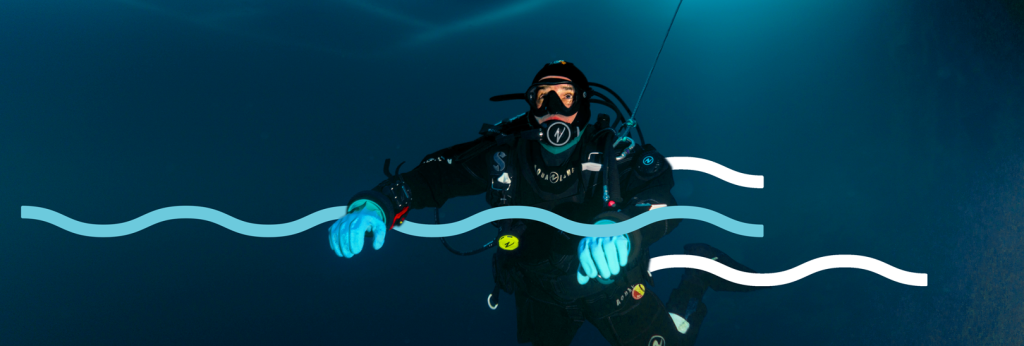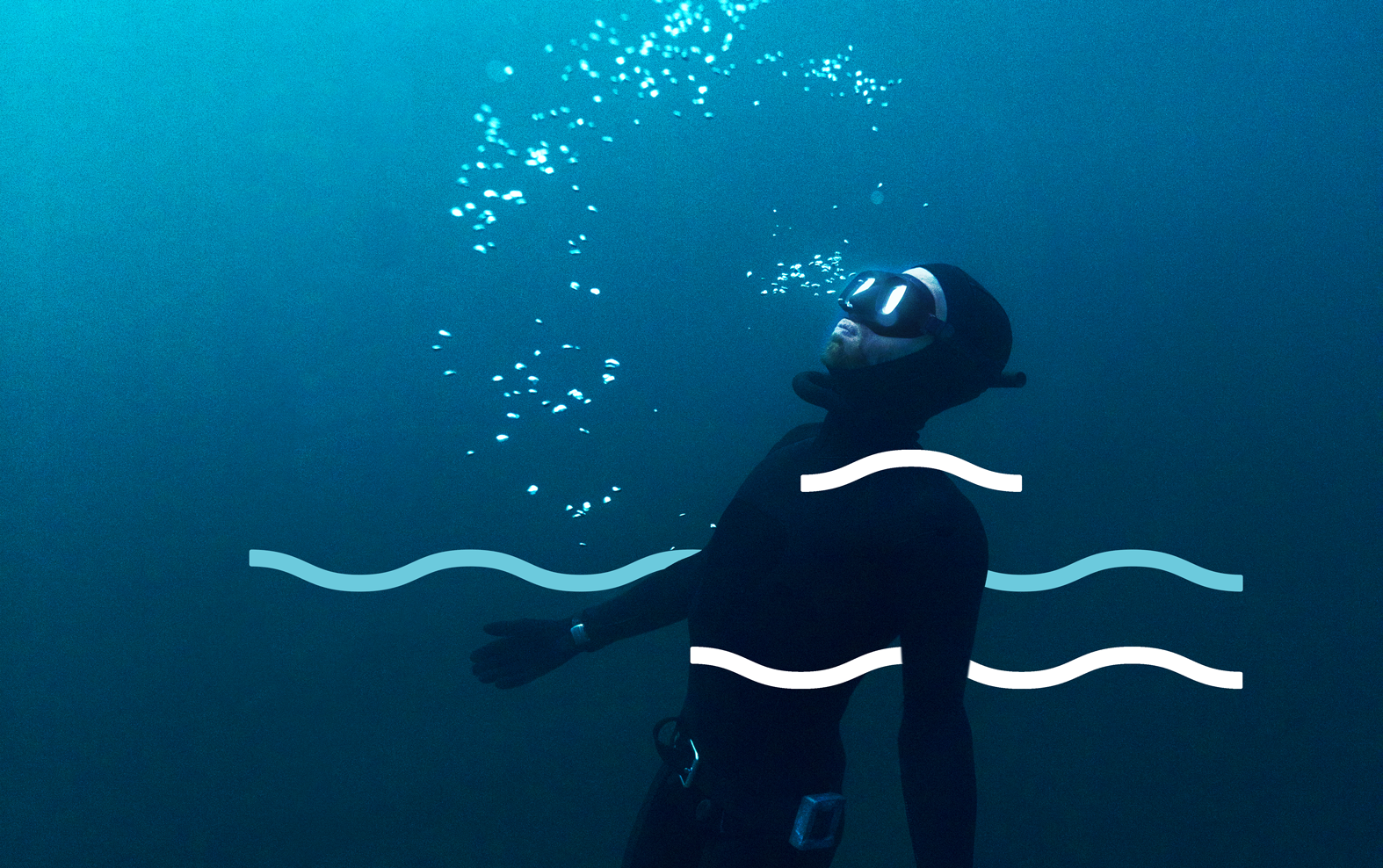
Discovering a world
Scuba diving allows you to explore extraordinary environments and discover fascinating animals. There are a multitude of diving sites in Quebec, adapted to all tastes and all levels of competence. Whether you want to observe the fauna and flora in fresh and salt water or visit wrecks, worlds of discovery await you.
Fresh water diving
For a safe introduction to diving, there is nothing better than the thousands of lakes and hundreds of rivers that dot the Quebec landscape. From the grass beds of the upper St. Lawrence to the depths of Lake Memphremagog, a surprisingly rich fauna and flora are available to those who know how to observe. Crappies, yellow perch, bass, pike, carp and crayfish are abundant in all the rivers while eels, sponges, neklets, sturgeons, hydras and mysis are more discreet.
Salt Water Diving
The majestic St. Lawrence Estuary offers a wide variety of sites for saltwater diving. On the south shore, from Les Méchins to Forillon, Gaspé, Percée and Baie des Chaleurs, and on the North Shore, from Grande Bergeronne to Les Escoumins, Baie Comeau, Pointe-des-Monts and the Mingan Archipelago, the possibilities for exploration are limitless. With a density often comparable to that of warm seas, life is rich and colorful. Everywhere, sea urchins, starfish, anemones, lobsters, crabs, nudibranchs, cod, arctic wolves and seals await divers eager for discovery.
For the more adventurous, the virgin territories of the Saguenay Fjord still hold many secrets. Under the cover of an opaque alocline, gorgonians, octopuses, shrimps and other inhabitants of the depths come up to the surface to take advantage of the abundance of food in suspension.
Wreck diving
For many divers, wreck diving is the origin of their passion. For them, visiting a wreck is a privileged way to experience history. The most famous wreck in Quebec, the Empress of Ireland, located off the coast of Ste-Luce-sur-Mer, attracts divers from around the world. The artificial reef created by the scuttling of the Nipigon is an ideal site for wreck diver training. For their part, the divers of Pointe-des-Monts are beginning to showcase the many wrecks in their area. The Richelieu River, a former strategic communication route with New England and a place of armed conflicts, contains several historical wrecks.
Ice Diving
In winter, most of the lakes are frozen from December to April. This is the season for ice diving. This activity is practiced in groups and allows to extend the diving season. You can take advantage of clear waters to observe lethargic fauna waiting for the summer season. In salt water, winter diving is an opportunity to observe species that come up from the depths while enjoying extraordinary visibility.
What there is to know
Diving conditions in Quebec are demanding. The temperature of the lakes and rivers varies from -2°C to 20°C depending on the depth and the time of the year. Visibility is generally between 3 and 10 meters. In salt water, the water temperature rarely exceeds 10°C. Visibility is often only a few meters in summer but can exceed 30 meters from fall to spring. Depending on the location, you must also take into account the presence of currents, tides and the possibility of fog.
To learn how to scuba dive, you can contact one of the many dive stores in Quebec. For the visiting diver, the dive clubs are a good way to get in touch with the diving sites in Quebec. Since January 1, 2005, a certificate of qualification is required to practice recreational scuba diving in the province. You can obtain your qualification card from one of the many agents accredited by the Federation. For details, please see our page on the Regulation of recreational scuba diving in Quebec.

